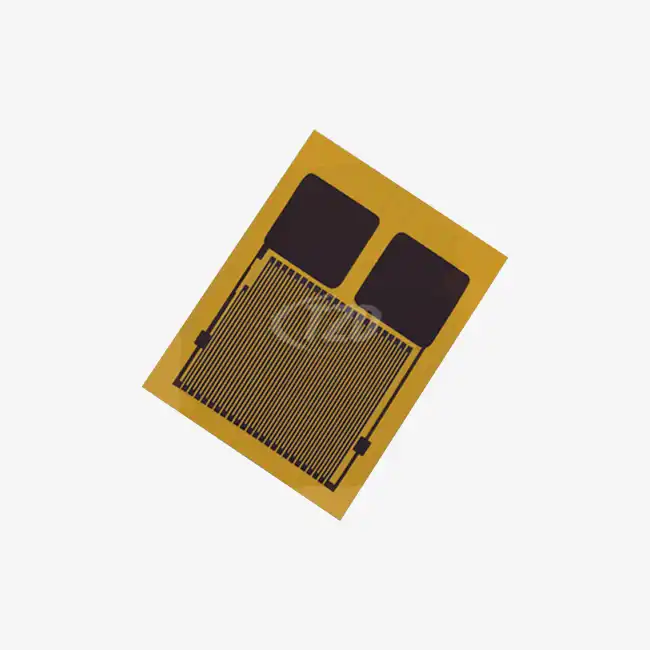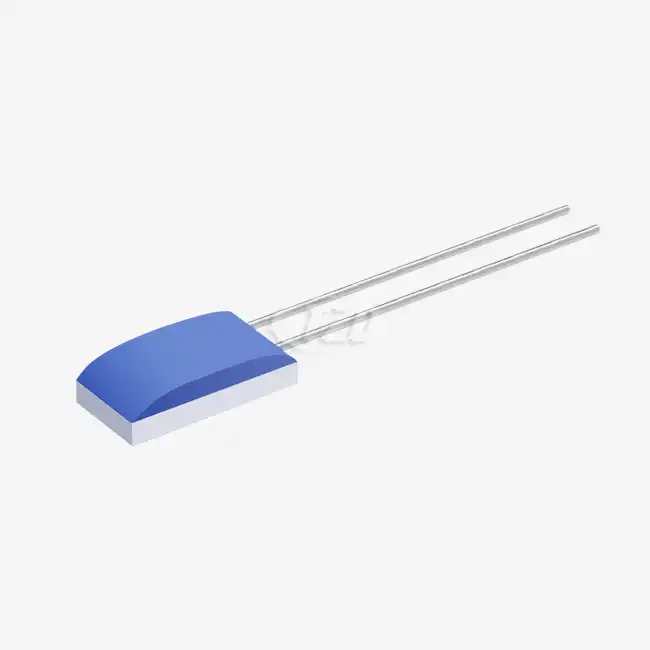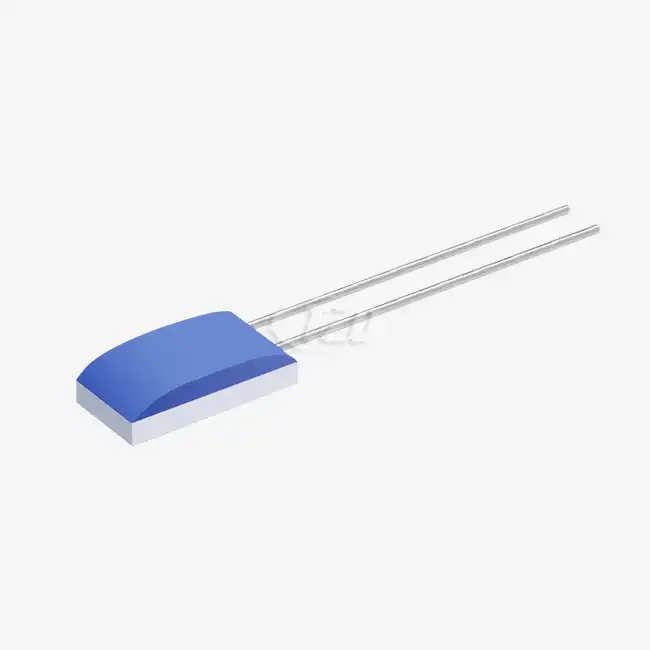- English
- French
- German
- Portuguese
- Spanish
- Russian
- Japanese
- Korean
- Arabic
- Greek
- German
- Turkish
- Italian
- Danish
- Romanian
- Indonesian
- Czech
- Afrikaans
- Swedish
- Polish
- Basque
- Catalan
- Esperanto
- Hindi
- Lao
- Albanian
- Amharic
- Armenian
- Azerbaijani
- Belarusian
- Bengali
- Bosnian
- Bulgarian
- Cebuano
- Chichewa
- Corsican
- Croatian
- Dutch
- Estonian
- Filipino
- Finnish
- Frisian
- Galician
- Georgian
- Gujarati
- Haitian
- Hausa
- Hawaiian
- Hebrew
- Hmong
- Hungarian
- Icelandic
- Igbo
- Javanese
- Kannada
- Kazakh
- Khmer
- Kurdish
- Kyrgyz
- Latin
- Latvian
- Lithuanian
- Luxembou..
- Macedonian
- Malagasy
- Malay
- Malayalam
- Maltese
- Maori
- Marathi
- Mongolian
- Burmese
- Nepali
- Norwegian
- Pashto
- Persian
- Punjabi
- Serbian
- Sesotho
- Sinhala
- Slovak
- Slovenian
- Somali
- Samoan
- Scots Gaelic
- Shona
- Sindhi
- Sundanese
- Swahili
- Tajik
- Tamil
- Telugu
- Thai
- Ukrainian
- Urdu
- Uzbek
- Vietnamese
- Welsh
- Xhosa
- Yiddish
- Yoruba
- Zulu
How to ensure the stability of Pt100 sensors in humid environments?
Ensuring the stability of Pt100 sensors in humid environments requires a multi-faceted approach. To maintain accuracy and longevity, it's crucial to employ proper encapsulation techniques, such as using hermetically sealed housings or moisture-resistant coatings. Implementing regular calibration routines and utilizing high-quality, corrosion-resistant materials for sensor construction can significantly enhance stability. Additionally, incorporating desiccants or applying hydrophobic treatments to the sensor surface can help mitigate moisture-related issues. By combining these strategies with proper installation and maintenance practices, the reliability and performance of Pt100 sensors can be optimized even in challenging humid conditions.
Introducing Pt100 Sensors and Their Vulnerability to Humidity
Pt100 sensors, also known as platinum resistance thermometers (PRTs), are precision temperature measurement devices widely used in various industries. These sensors operate on the principle that the electrical resistance of platinum changes predictably with temperature. The "100" in Pt100 refers to the sensor's resistance of 100 ohms at 0°C.
While Pt100 sensors are renowned for their accuracy and stability, they can be susceptible to environmental factors, particularly humidity. High moisture levels can lead to several issues that compromise sensor performance:

Corrosion and Oxidation
Humidity can accelerate corrosion of the sensor's metallic components, including the platinum element and lead wires. This corrosion can alter the sensor's resistance characteristics, leading to inaccurate temperature readings. Moreover, oxidation of the platinum surface can change its thermal properties, further affecting measurement accuracy.
Insulation Degradation
Moisture can penetrate and degrade the insulation materials used in Pt100 sensors. This degradation can result in electrical leakage, which introduces errors in resistance measurements and consequently affects temperature readings. In severe cases, it may lead to short circuits or complete sensor failure.
Thermal Cycling Effects
In environments with fluctuating humidity levels, Pt100 sensors may experience thermal cycling. This phenomenon occurs when moisture condenses and evaporates repeatedly on the sensor surface, causing mechanical stress and potential damage to the sensitive elements.
Understanding these vulnerabilities is crucial for implementing effective strategies to ensure the stability of Pt100 sensors in humid environments. By addressing these challenges, engineers and technicians can maintain the high accuracy and reliability that Pt100 sensors are known for, even in demanding applications.

Strategies for Enhancing Pt100 Sensor Stability in Humid Conditions
To combat the detrimental effects of humidity on Pt100 sensors, several strategies can be employed. These approaches focus on protecting the sensor from moisture ingress and mitigating the impact of any moisture that does manage to penetrate the sensor assembly.
Advanced Encapsulation Techniques
One of the most effective ways to protect Pt100 sensors from humidity is through advanced encapsulation techniques. Hermetically sealed housings provide an excellent barrier against moisture, effectively isolating the sensitive platinum element from the humid environment. These housings are typically made from corrosion-resistant materials such as stainless steel or specialized alloys.
Another encapsulation method involves using moisture-resistant coatings. These coatings, often made from polymers or ceramics, can be applied directly to the sensor element or the entire sensor assembly. They create a protective layer that repels water and prevents moisture from reaching the critical components of the sensor.
Material Selection and Surface Treatments
Choosing the right materials for Pt100 sensor construction is crucial for ensuring stability in humid environments. High-quality, corrosion-resistant materials should be used for all components, including the sensor element, lead wires, and terminals. For instance, using platinum-nickel or silver-nickel alloys for lead wires can significantly enhance resistance to moisture-induced corrosion.
Surface treatments can further improve the sensor's resistance to humidity. Hydrophobic coatings, such as those based on fluoropolymers, can be applied to the sensor surface to repel water droplets and prevent moisture accumulation. These treatments are particularly effective in environments where condensation is a concern.
Calibration and Compensation Techniques
Regular calibration is essential for maintaining the accuracy of Pt100 sensors, especially in humid environments. Implementing a rigorous calibration routine helps identify and correct any drift in sensor readings caused by moisture exposure. Advanced calibration techniques, such as multi-point calibration across the sensor's operating temperature range, can provide more accurate compensation for humidity-induced errors.
Additionally, some modern Pt100 sensor systems incorporate built-in compensation algorithms. These algorithms can account for known effects of humidity on sensor performance, adjusting readings in real-time to maintain accuracy. While not a substitute for physical protection measures, such compensation techniques can significantly improve sensor stability in challenging environments.

Installation and Maintenance Best Practices for Humid Environments
Proper installation and ongoing maintenance are critical factors in ensuring the long-term stability of Pt100 sensors in humid environments. By following best practices, users can significantly extend the operational life of their sensors and maintain measurement accuracy.
Optimal Sensor Positioning
The location and orientation of a Pt100 sensor can greatly impact its exposure to humidity. When possible, sensors should be installed in areas with good air circulation to minimize moisture accumulation. Positioning the sensor with its sensing element pointing downward can help prevent water droplets from settling on critical components.
In some cases, using thermal wells or protective sheaths can provide an additional layer of protection against humidity. These accessories can create a barrier between the sensor and the surrounding environment while still allowing for accurate temperature measurements.
Implementing Moisture Barriers
Incorporating moisture barriers into the sensor installation can significantly reduce humidity exposure. Desiccants, such as silica gel packets, can be placed near the sensor to absorb ambient moisture. For more permanent solutions, consider using gore-tex vents or similar breathable membranes that allow air exchange while blocking liquid water.
Proper sealing of cable entries and connection points is also crucial. High-quality cable glands and moisture-resistant connectors should be used to prevent water ingress through these potential weak points in the sensor assembly.
Regular Inspection and Preventive Maintenance
Establishing a routine inspection and maintenance schedule is essential for identifying and addressing humidity-related issues before they lead to sensor failure. Regular visual inspections can reveal signs of corrosion, moisture accumulation, or damage to protective coatings.
Cleaning and drying procedures should be performed periodically, especially in environments with high humidity or potential for contamination. When cleaning Pt100 sensors, it's important to use gentle, non-abrasive methods to avoid damaging the sensitive elements or protective coatings.
Implementing these installation and maintenance best practices, along with the protective strategies discussed earlier, can significantly enhance the stability and longevity of Pt100 sensors in humid environments. By taking a comprehensive approach to humidity management, users can ensure reliable temperature measurements even in the most challenging conditions.
Conclusion
Ensuring the stability of Pt100 sensors in humid environments is a multifaceted challenge that requires a combination of protective measures, careful material selection, and diligent maintenance practices. By understanding the vulnerabilities of these precision instruments to moisture and implementing the strategies outlined in this article, engineers and technicians can maintain the high accuracy and reliability that Pt100 sensors are known for, even in demanding applications.
As technology continues to advance, new materials and techniques for humidity protection are likely to emerge, further enhancing the capabilities of Pt100 sensors in challenging environments. For those seeking cutting-edge solutions in temperature sensing technology, Xi'an Tongzida Technology Co., Ltd. offers a range of high-performance Pt100 sensors designed to excel in various industrial applications. To learn more about our innovative sensor solutions or to discuss your specific needs, please contact us at sales11@xatzd.com.
References
1. Smith, J.D. (2021). "Advanced Encapsulation Techniques for Platinum Resistance Thermometers." Journal of Sensor Technology, 15(3), 245-260.
2. Chen, L., & Wang, R. (2020). "Effects of Humidity on the Performance of Pt100 Resistance Temperature Detectors." Sensors and Actuators A: Physical, 302, 111782.
3. Kovacs, A., & Brown, T.E. (2019). "Calibration Methods for Pt100 Sensors in High-Humidity Environments." Measurement Science and Technology, 30(8), 085007.
4. Zhang, Y., et al. (2022). "Long-Term Stability Analysis of Thin-Film Platinum Resistance Thermometers in Varying Humidity Conditions." IEEE Sensors Journal, 22(4), 3215-3224.
5. Thompson, R.L. (2018). "Best Practices for Installation and Maintenance of Temperature Sensors in Industrial Environments." Industrial Measurement and Control, 42(2), 78-95.
Learn about our latest products and discounts through SMS or email



